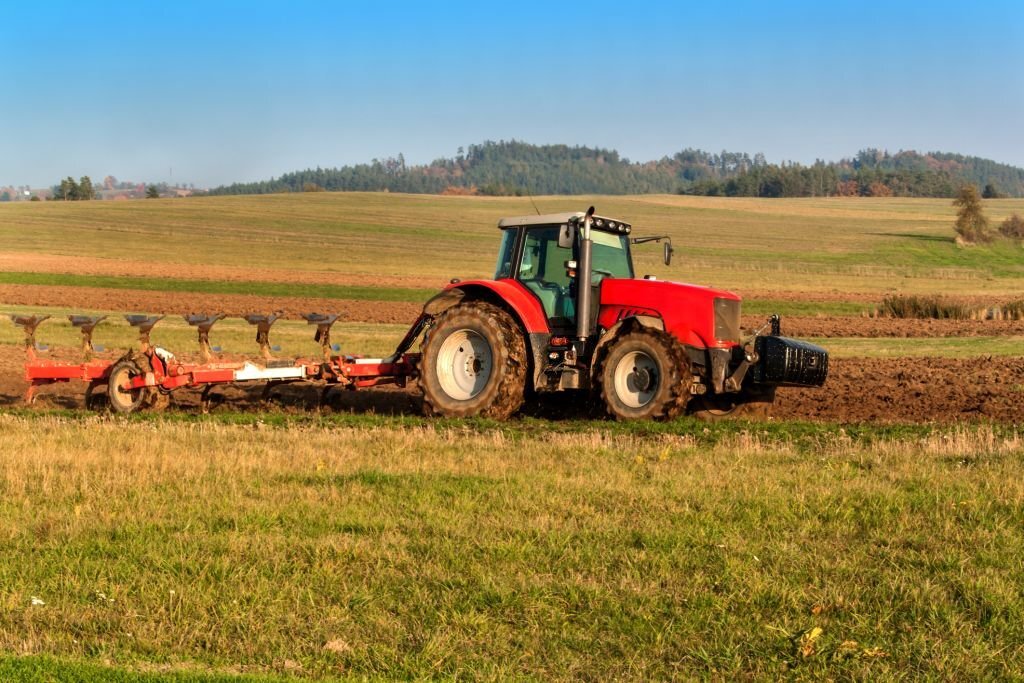
The world of agricultural equipment is on the brink of transformative changes, with innovative technologies and design advancements reshaping farming practices. From automation and precision agriculture to connectivity and sustainability, the future of agricultural equipment holds exciting possibilities. This article delves into some of the future trends and innovations in agricultural equipment design, highlighting their potential to revolutionize farming practices and enhance productivity.
Automation and Robotics
Automation and robotics are at the forefront of future agricultural equipment design. Autonomous vehicles, drones, and robotic systems are being developed to perform a wide range of tasks such as planting, harvesting, weeding, and monitoring crops. These technologies reduce labor requirements, increase operational efficiency, and allow for precise and targeted actions. By combining artificial intelligence, computer vision, and advanced sensing capabilities, autonomous agricultural equipment brings new levels of productivity and accuracy to farming operations.
Precision Agriculture and Digital Connectivity
Precision agriculture, powered by digital connectivity, is transforming farming practices. Sensors, GPS, and data analytics are integrated into agricultural equipment to optimize resource management, reduce waste, and increase efficiency. Connected machinery collects real-time data on soil conditions, crop health, and weather patterns, allowing farmers to make data-driven decisions. Automated guidance systems and variable rate application technologies precisely distribute inputs such as fertilizers, pesticides, and water, ensuring optimal use and minimizing environmental impact.
Sustainable Design and Environmental Stewardship
The future of agricultural equipment design places a strong emphasis on sustainability and environmental stewardship. Manufacturers are developing machinery with reduced emissions, energy-efficient systems, and eco-friendly materials. Sustainable design features, such as regenerative braking, hybrid power systems, and reduced chemical usage, are being integrated into equipment to minimize environmental impact. Additionally, the use of renewable energy sources, such as solar power and biofuels, is becoming more prevalent, further promoting sustainable farming practices.
Advanced Sensor Technology and Machine Learning
Sensor technology and machine learning algorithms are poised to revolutionize agricultural equipment design. Advanced sensors provide real-time data on soil moisture, nutrient levels, temperature, and crop health. Machine learning algorithms analyze this data to optimize operations, detect diseases, and predict yield outcomes. Intelligent machinery equipped with these technologies can adapt in real-time, making adjustments and recommendations based on changing conditions, ultimately leading to improved productivity and resource management.
Vertical Farming and Indoor Agriculture
As urbanization and population growth continue, vertical farming and indoor agriculture offer solutions to address food production challenges. Agricultural equipment designed for these practices focuses on space optimization, energy-efficient lighting systems, and automated cultivation processes. Vertical farming systems incorporate robotic platforms, hydroponic or aeroponic growing methods, and sophisticated climate control systems. These advancements enable year-round cultivation in controlled environments, reducing water usage and dependency on traditional agricultural land.
Conclusion
The future of agricultural equipment design is filled with exciting trends and innovations that promise to revolutionize farming practices. Automation, precision agriculture, connectivity, sustainability, and emerging technologies are transforming the way farmers operate, enhancing productivity, efficiency, and sustainability. As automation and robotics take center stage, autonomous vehicles, and robotic systems will perform tasks traditionally done by humans. Precision agriculture and digital connectivity enable data-driven decision-making and optimized resource utilization. Sustainable design features and advanced sensor technology promote environmental stewardship. Lastly, vertical farming and indoor agriculture introduce innovative approaches to overcome space limitations and meet the demands of urban populations. With these trends and innovations, the future of agricultural equipment design holds tremendous potential to shape a more sustainable, efficient, and productive agricultural sector.

